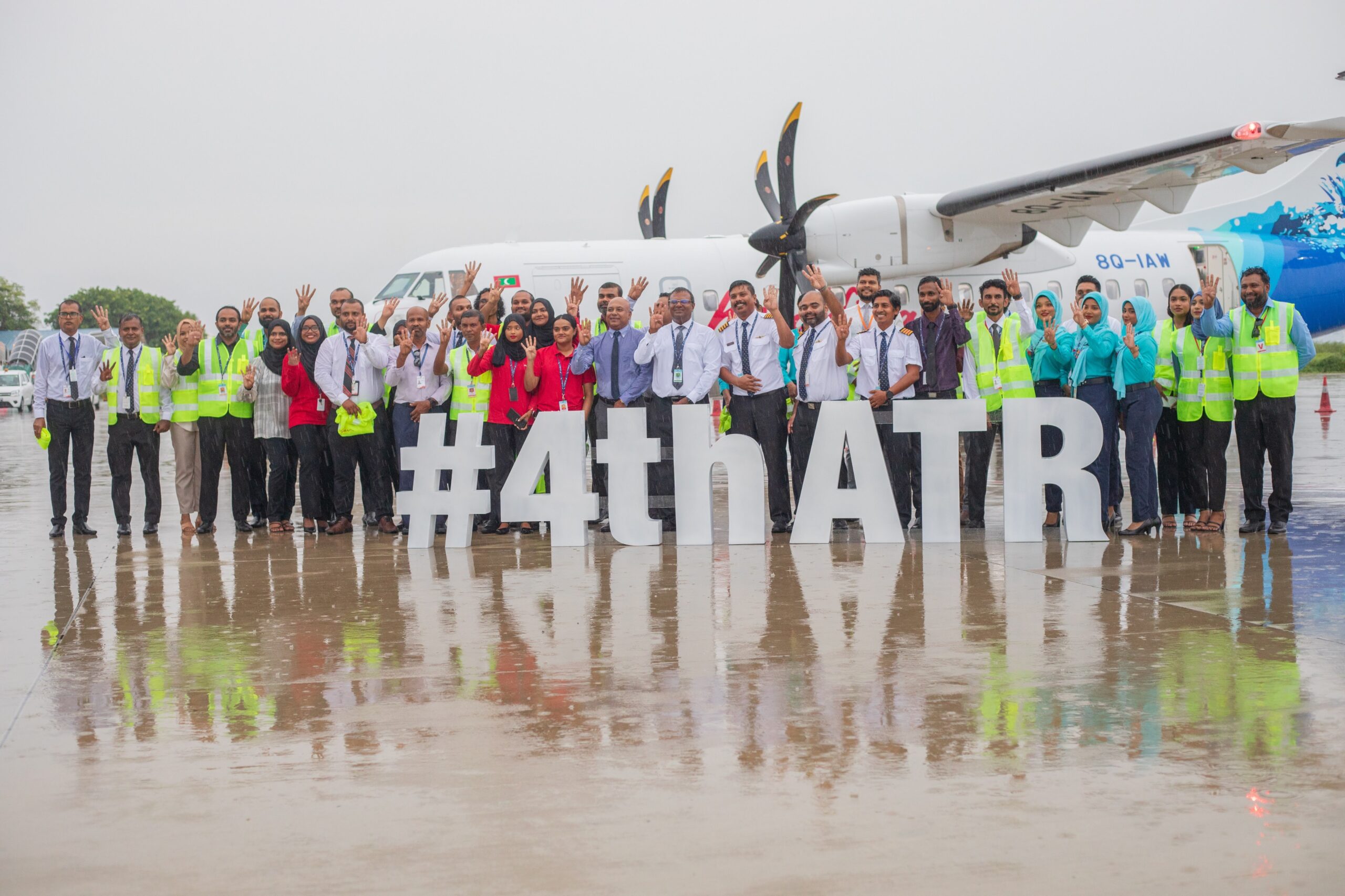Under the new dual-circulation development pattern, China’s health market is providing huge business potential for foreign companies, with increasing demand from consumers of different age groups, and that in smaller cities and rural areas, said a senior executive of US-based nutrition company Herbalife Nutrition.
“Amid China’s pursuit of the new development pattern, domestic market expansion is the basis for the domestic circulation. And there are many factors pushing up the growth of domestic demand such as growth in people’s incomes and consumption upgrades,” said Woody Guo, senior vice-president of Herbalife Nutrition and president of Herbalife Nutrition China.
“That promises huge market demand from not only different age groups in China, but also lower-tier cities and rural regions.”
Apart from the burgeoning population of middle-income groups in China, the country’s seniors, whose number is expected to reach 270 million in a few years, are paying more attention to health and quality of life. They are willing to, and also capable of buying quality supplements, Guo said.
Chinese young people too. The demand from young consumers is also forming an important driving force for growth in the health industry, he added.
Data from the National Bureau of Statistics showed China’s retail sales of consumer goods went up 4.9 percent year-on-year in October, totaling around 4.05 trillion yuan ($633 billion). For the first 10 months, total retail sales of consumer goods in China hit 35.85 trillion yuan, up 14.9 percent year-on-year.
China has huge market potential and a complete domestic manufacturing sector, which is the most important advantage for the country and is also why the nation remains attractive to foreign investors, said Chen Wenling, chief economist at the Beijing-based China Center for International Economic Exchanges.
Seeing the growing demand for health and nutrition products in China, Herbalife Nutrition has been enhancing efforts to expand presence in recent years.
During the fourth China International Import Expo held in Shanghai in early November, the company put on display many signature and popular products, such as sport nutrient series Herbalife 24 and immunity booster Best Defense.
Eying the fast-growing fitness-loving population in China, the company started localized production of its best-selling products Herbalife 24 in its Nanjing factory in Jiangsu province.
It has also resorted to cross-border e-commerce to offer Chinese consumers sought-after products overseas, such as those for supporting joints, eye care, weight management and immunity enhancement.
Last year, the company opened in Shanghai its first global product research and innovation center, the Herbalife Nutrition China Product Innovation Center, to shore up its production capacity in the Chinese market and better meet consumer demands.
It also established its first global digitalization office there, aiming to better support local service providers and enhance customer experiences through digitalized product management and data analysis.
The company’s business models used to rely on offline operations, with salespersons offering services to customers offline. But as more customers are now using online channels, Herbalife launched its digitalization strategy in 2019 to integrate online and offline operations to better serve customers, Guo said.
“We are in the process to become ‘digital being’ from ‘doing digital’,” he said.
Compared with their foreign peers, young Chinese consumers prefer capsules and gels because of their better texture. The company’s innovation focus in China will gradually transfer from design of product and packages to production lines, Guo said.
“Young people are among the most important targeted customers for us, and we care for their specific needs for product portability and flavors.”
By LIU ZHIHUA | China Daily

 News4 days ago
News4 days ago
 Business7 days ago
Business7 days ago
 Business7 days ago
Business7 days ago
 News6 days ago
News6 days ago
 Business6 days ago
Business6 days ago
 Sports7 days ago
Sports7 days ago
 News7 days ago
News7 days ago
 Sports7 days ago
Sports7 days ago


















